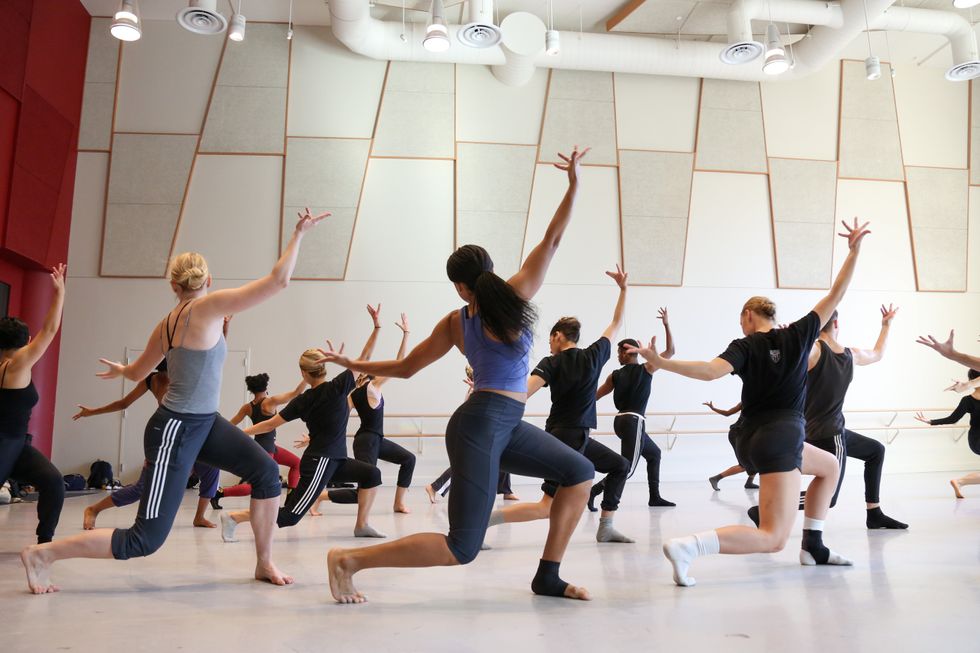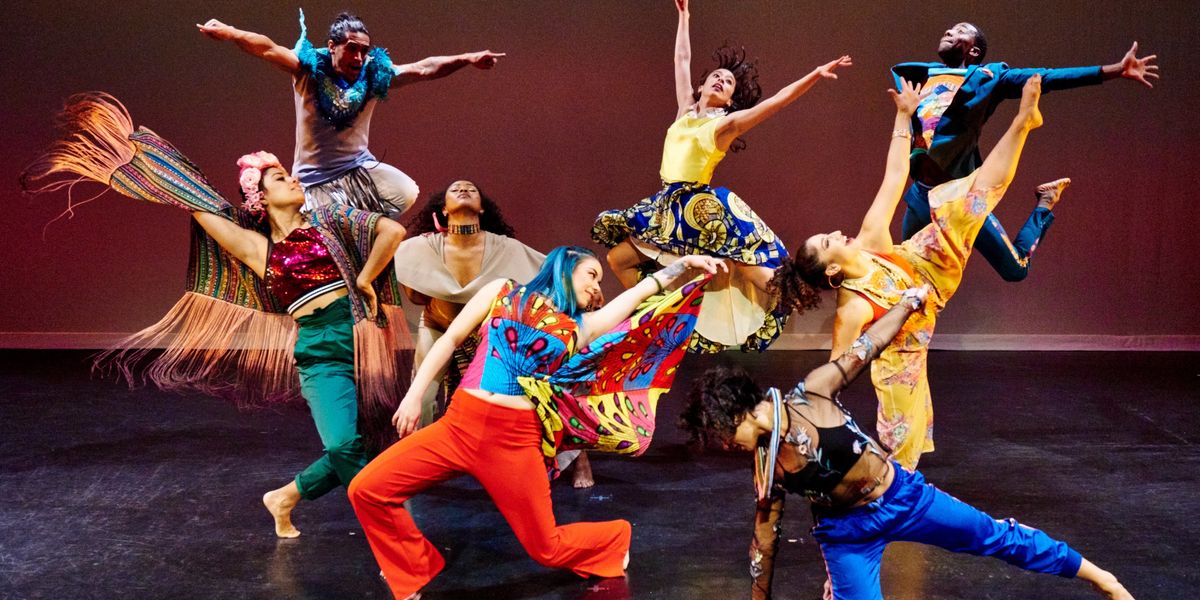Doubling Down: Two New Initiatives Feature Women in the Studio and On the Stage
While there are more women making dance than ever before, the question still swirls: Do they have the same programming and mentoring opportunities as their male counterparts? This spring, Ballet West and the University of Southern California are choosing to tackle the question head-on, with performances and residencies that focus on female dancemakers.
National Choreographic Festival at Ballet West

Ballet West’s Katlyn Addison in Africa Guzman’s Sweet and Bitter, which will be performed during the company’s 2nd Annual National Choreographic Festival. Photo by Beau Pearson, Courtesy Ballet West
This May, Ballet West will celebrate both female artistic directors and choreographers with its 2nd Annual National Choreographic Festival. “I planned this three years ago, but producing the works of women and celebrating their leadership is something I have been passionate about for a long time,” says Ballet West artistic director Adam Sklute.
Over two weekends, Charlotte Ballet (a.d. Hope Muir) will perform To Clear, by Robyn Mineko Williams; Cincinnati Ballet (a.d. Victoria Morgan) will present work by resident choreographer Jennifer Archibald; The Washington Ballet (a.d. Julie Kent) will share MYRIAD by Gemma Bond; and Richmond Ballet (a.d. Stoner Winslett) will bring a new creation by Katarzyna Skarpetowska. Ballet West will contribute by producing the work of two dancemakers rarely seen in the U.S.: Australian choreographer Natalie Weir will rework her Jabula and Spanish choreographer Africa Guzman will stage her Sweet and Bitter.
New Movement Residency at USC

BFA students at USC Glorya Kaufman School of Dance. Photo by Carolyn DiLoreto, Courtesy USC
Ana Maria Alvarez, Seda Aybay and Loni Landon will receive 120 hours of rehearsal space this May and June as resident artists in USC Glorya Kaufman School of Dance’s inaugural New Movement Residency. In addition to meeting a need for affordable space in the Los Angeles area, the residency (open to women and/or L.A.–based choreographers) will provide a safe environment for dancemakers to receive feedback from and be mentored by the highly respected faculty.
“I have had conversations with many female choreographers about uncertainty and insecurity, the question: ‘Am I the token woman on the evening?’ ” says vice dean and director Jodie Gates. In addition to her own experience as a member of the Southern California dance scene, she attended community gatherings, participated on panels and saw local performances in order to get a sense of what the current community needs were and how best USC could address them. “We need to rethink how we launch these programs for women in dance, and for me, the philosophy of mentorship is key.”
The call went out last November, and the response was much bigger than Gates expected. “L.A. is at an exciting pinnacle right now, and this is the time to continue our role here as a hub for dance, bringing artists in and supporting them,” says Gates. “With this program, the two of those missions collide in a beautiful way.”




